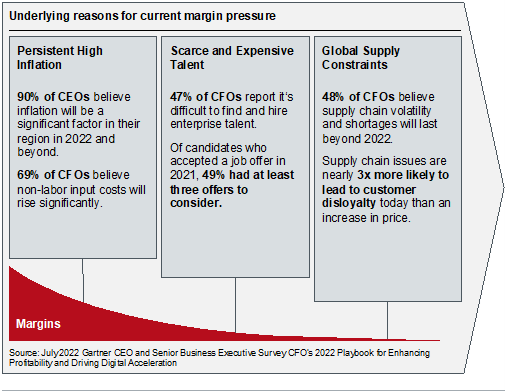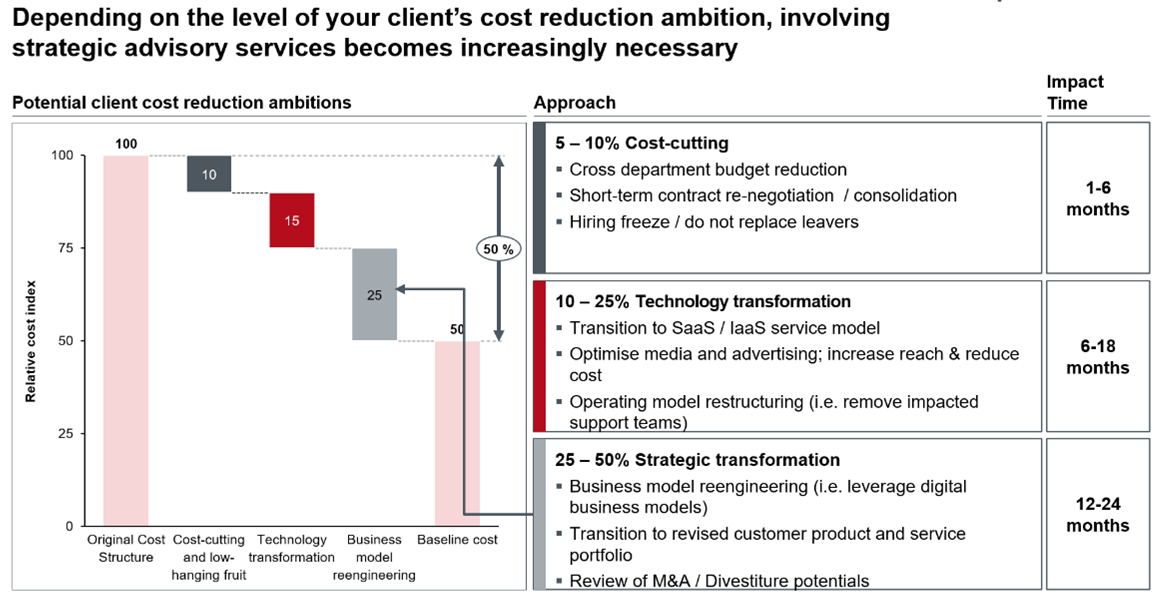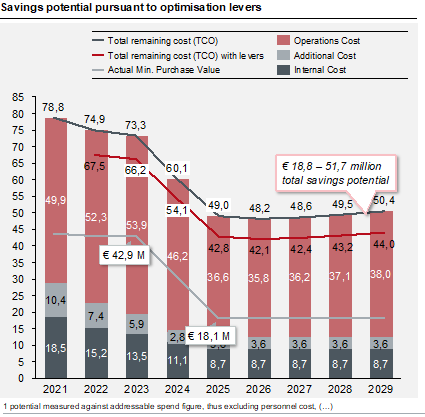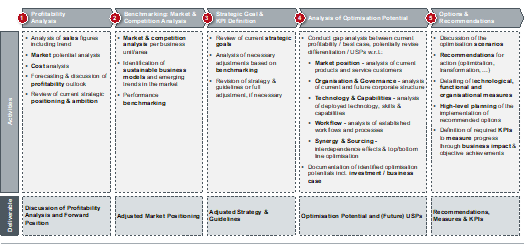Technology-driven Cost Optimisation
Questions? Ask our experts
Expert EN - Dr. Philipp Kleine Jäger

Dr. Philipp Kleine Jäger is Managing Partner at CORE and responsible for the expansion of Engineering Services. He has many years of experience in software development and technology management in...
Read moreDr. Philipp Kleine Jäger is Managing Partner at CORE and responsible for the expansion of Engineering Services. He has many years of experience in software development and technology management in the financial sector. In particular, cloud-native, scalable distributed microservice architectures, and innovative sourcing models are the focus of his work.
Read lessExpert EN - Thomas Henschen

Thomas Henschen is Transformation Director at CORE. With his many years of consulting experience in complex transformation projects, he ensures that the necessary adjustments are optimally implemen...
Read moreThomas Henschen is Transformation Director at CORE. With his many years of consulting experience in complex transformation projects, he ensures that the necessary adjustments are optimally implemented. He uses his comprehensive systemic understanding to occupy the interface between the business requirements and the technical constraints and to shape them in the interest of our customers.
Expert EN - Diana Calmic

Diana Calmic leads the sustainability competence cluster at CORE as a Transformation Fellow. She is responsible for supporting project teams and clients in business-critical technology transformati...
Read moreDiana Calmic leads the sustainability competence cluster at CORE as a Transformation Fellow. She is responsible for supporting project teams and clients in business-critical technology transformations. She has completed several in-depth analyses in the areas of green finance and FinTech.
Read lessExpert EN - Celina Mark

Celina Mark is a Transformation Associate at CORE in London and holds a Bsc. in Business Management and Entrepreneurship. During her studies, she gained extensive work experience through internship...
Read moreCelina Mark is a Transformation Associate at CORE in London and holds a Bsc. in Business Management and Entrepreneurship. During her studies, she gained extensive work experience through internships in various fields. As a Transformation Fellow Celina supports our project teams and clients in business critical technology transformations.
Read less





